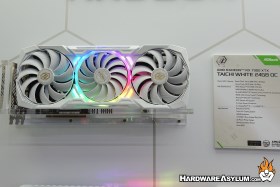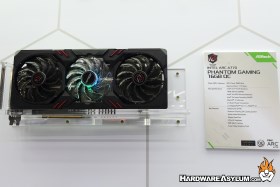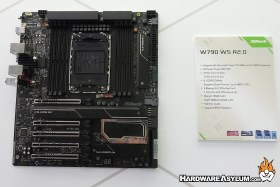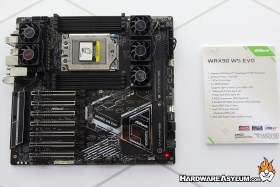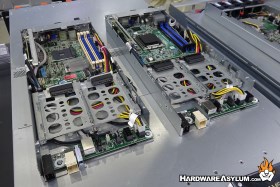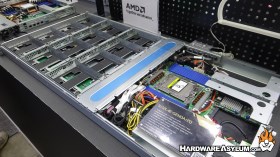Practical AI Hardware Presented by ASRock during Computex
Author: Dennis GarciaIntroduction
Of the major motherboard makers the small sub-brand, ASRock does a pretty good job at pushing the envelope across the hardware segments. In the overclocking space they have the Tachi line of motherboards which are some of the few left that support extreme overclocking out of the box. Well, ALL boards support extreme overclocking but, with different levels of success.
I remember when Cloud Computing was a popular subject at Computex there were cloud specific motherboards available from ASRock and the same was true during the Cryptomining craze. As a result it would seem out of character if ASRock was to skip AI and, you would be right.
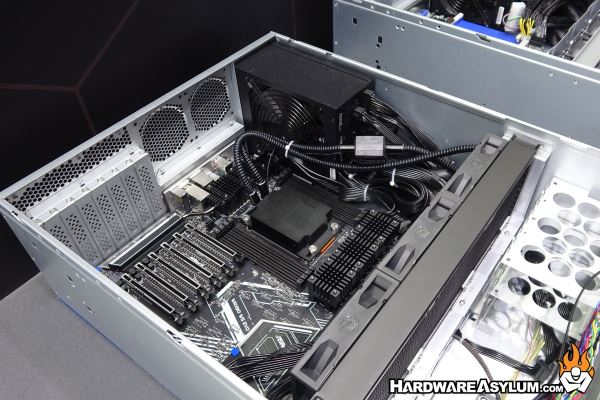
According to the “wall of hardware” the Tachi brand has been expanding to support graphics cards and appear to be available in both White and Black variants.
Of course there are AI friendly motherboards being displayed supporting the popular TRX50 and Intel based W790. Both motherboards appear overbuilt and were amoung the popular boards featured by other vendors in their AI Compute displays.
So, seems they did something right.

For those looking to get AI hardware into a datacenter there were several examples on display including this (shown above) 5U chassis design supporting ATX form factor motherboards and up to 4 graphics cards. AIO cooling can be installed with the radiator mounted internally with storage options at the front.
I am always amazed to see “blade” style systems build from modified Mini ITX motherboards and come complete with SATA SSD drive trays. Once populated with hardware these machines just slot into the host system to be added to the cluster.
One thing that many people forget is that Generative AI requires more than a multitude of GPUs but places a heavy burden on the storage subsystem and data transfer. To help offset this you need a massive storage array coupled with an equally massive CPU to not only reduce latency but provide the storage necessary to create and train the various models.
The final item on display is the ASRock implementation of CAMM2 memory. CAMM2 is a new memory form factor designed specifically for low profile laptops along with a rumored promise that it can deliver superior memory speeds and overclock higher than with standard UDIMM modules.
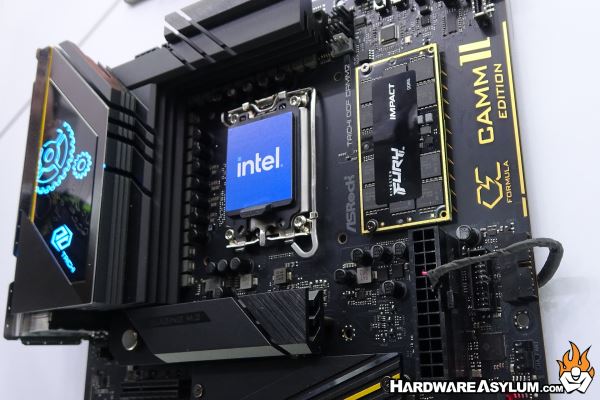
The jury is still out on if these claims are true but, I am happy to see that some effort has been put forth to give it a try. I believe the low profile CAMM2 modules will find success in the “reverse” connector motherboard space as it will provide a much cleaner look and more empty banner spaced for graphics, ARGB and OLED panels.

